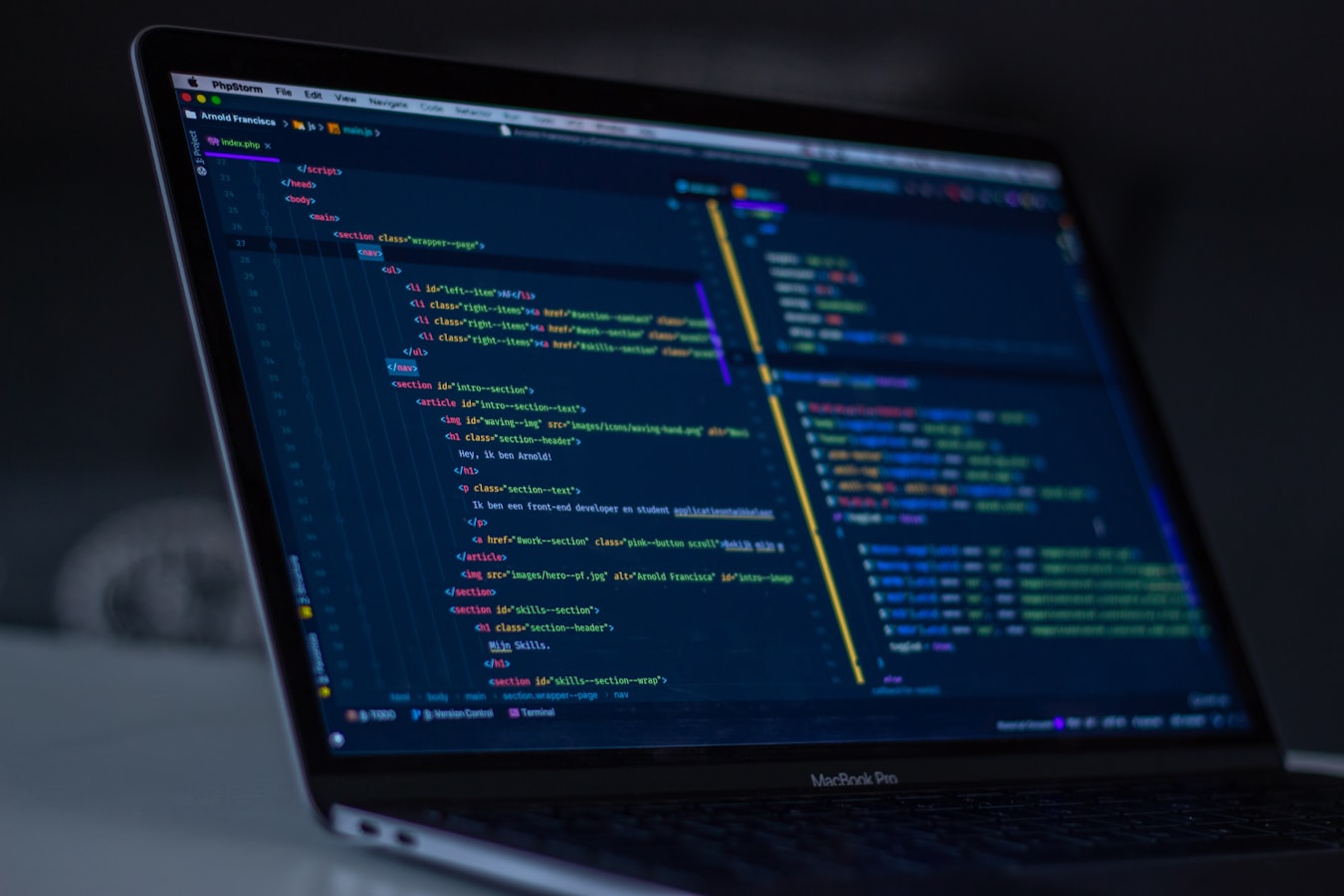
What Are Libraries and Modules in Programming Languages? (For Beginners)
Quick summary: Libraries and modules let you reuse code so you don't reinvent the wheel. This guide explains what they are, how they differ, how to use them in popular languages (Python, Java, JavaScript), installation and import techniques, best practices, and answers to common beginner questions.
- Definitions: Module vs Library
- Why They Matter
- How Modules & Libraries Are Organized
- Examples: Python, Java, JavaScript
- How to Install and Import
- Best Practices
- Common Problems & Troubleshooting
- FAQs
- Suggested Posts
- Conclusion
1. Definitions: Module vs Library
Module — A module is a single file (or a small set of files) that contains code: functions, classes, or constants. Think of a module as one self-contained unit of code you can import into your program.
Example ideas: a file named math_utils.py that has helper functions, or a JavaScript file dateHelpers.js.
Library — A library is a collection of modules packaged together to provide a broad set of related functionality. Libraries are reusable and distributed so many projects can use them.
You can think of modules as “individual tools” and libraries as the “toolbox” that contains many tools built around the same purpose.
2. Why They Matter
Libraries and modules let you focus on the unique parts of your project instead of re-implementing basic building blocks. This speeds up development and reduces bugs because well-maintained libraries are tested by many users.
They enable code reuse across projects, make testing and maintenance easier, and encourage modular design (separate concerns). They also allow ecosystems to grow: a robust library ecosystem attracts more developers.
Real-world examples: web frameworks, data manipulation libraries, database drivers, and UI component libraries — all save hundreds of hours of work.
3. How Modules & Libraries Are Organized
Modules usually live as single files. In many languages, a folder grouping modules becomes a package (Python) or package/module group (Java). A library typically comes with a manifest file listing dependencies and metadata (e.g., package.json in Node, setup.py or pyproject.toml in Python, or pom.xml in Maven/Java).
Libraries often include:
- Source code (modules)
- Documentation (README, API docs)
- Tests
- Build instructions and dependency metadata
4. Examples: Python, Java, JavaScript
Python Example
# math_utils.py
def add(a, b):
return a + b
def multiply(a, b):
return a * b
Use it in another file:
# main.py
import math_utils
print(math_utils.add(2, 3)) # 5
# or import only what you need
from math_utils import multiply
print(multiply(4, 5)) # 20
Common Python libraries: requests (HTTP), numpy (numerical computing), pandas (dataframes). Install via pip.
Java Example
// src/com/example/utils/StringUtils.java
package com.example.utils;
public class StringUtils {
public static boolean isEmpty(String s) {
return s == null || s.isEmpty();
}
}
Use it:
import com.example.utils.StringUtils;
if (StringUtils.isEmpty(someString)) {
// ...
}
Java libraries are added using build tools like Maven or Gradle (e.g., adding a dependency to pom.xml or build.gradle).
JavaScript Example
// mathHelpers.js (ES Module)
export function square(x) {
return x * x;
}
Import and use:
import { square } from './mathHelpers.js';
console.log(square(6)); // 36
Popular JS libraries: lodash (utilities), axios (HTTP), react (UI). Install via npm or yarn.
5. How to Install and Import Libraries
Install:
pip install requests or python -m pip install requests. Import: import requests or from requests import get.Use virtual environments (
venv, virtualenv, or pipenv) to isolate dependencies and avoid conflicts.Use virtual environments (
venv, virtualenv, or pipenv) to isolate dependencies and avoid conflicts.JavaScript (npm / yarn)
Initialize project:
npm init -y. Install: npm install lodash. Import: import _ from 'lodash' or const _ = require('lodash').Java (Maven / Gradle)
pom.xml (Maven) or build.gradle (Gradle). Maven downloads required JARs automatically.6. Best Practices When Using Modules & Libraries
- Use well-maintained libraries: Choose libraries with regular updates, active communities, and good documentation.
- Lock versions: Use lockfiles (
requirements.txt,package-lock.json,poetry.lock) to ensure version consistency. - Prefer small focused modules: Avoid bloated dependencies for small tasks.
- Read the license: Ensure it’s compatible with your project, especially commercial ones.
- Audit dependencies: Remove unused libraries and use security tools like
npm auditorDependabot.
7. Common Problems & Troubleshooting
Import errors: Check file paths, package installations, and environment settings.
Version conflicts: Two libraries may require different dependency versions. Use virtual environments or lockfiles.
Breaking changes: Review release notes when upgrading. Major version bumps (1.x → 2.x) often introduce changes.
8. Frequently Asked Questions (FAQs)
A: Not exactly. A module is a single file, while a library is a collection of them. They’re often used interchangeably, but libraries are typically larger and more comprehensive.
Q: How do I create my own library?
A: Create reusable modules, write documentation and tests, then publish using package registries like PyPI (Python), npm (JS), or Maven (Java).
Q: Should I always use libraries?
A: Only when they save time and are trustworthy. For small utilities, writing your own may be simpler.
Q: What’s the difference between a framework and a library?
A: Frameworks control application flow (e.g., Django, Angular), while libraries provide callable tools (e.g., NumPy, Lodash).
9. Suggested Posts
Explore more beginner-friendly topics and practice materials in our Programming Resource Hub.
10. Conclusion
Modules and libraries are fundamental to modern programming. They make code reusable, improve productivity, and encourage modular design. Learning to pick, install, and use libraries responsibly is a key skill for any developer — especially beginners.
Start by exploring a few widely-used libraries in your language of choice, read their docs, and try to build a small project that uses them. Over time you’ll develop intuition for when to import a library and when to write your own code.
requests or lodash) and build a simple project using it. Experimenting hands-on is the best way to understand libraries and modules.






0 Comments